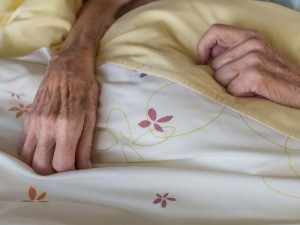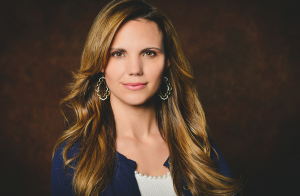Brittany Maynard’s decision to euthanize herself has recently garnered much attention. A perhaps lesser-known but somewhat similar story was documented across the Atlantic on the Guardian. In the article, Paula Cocozza wrote about the relationship between Annie the palliative nurse and Jo the dying patient. Jo had planned to take the route of euthanasia, but the time spent with Annie seemed to have given her second thoughts. This is not a picture-perfect case. Jo hadn’t completely closed the door on euthanasia, and Annie said she wouldn’t have gotten into Jo’s way if she decided to go down that path. To me, Jo’s realization of the dynamics of the dying process was very striking:
What has made the difference, Jo says, is “Annie’s experience, her calmness. I’m being accompanied. I’m not alone. When I’m in pain and I don’t recognise it, and it’s really strong, it panics me. I want Annie more and more to be here. I know she’ll calm me quickly.”
In the end, Jo died a natural death. Palliative care is not a way to short-circuit the discussion on euthanasia; rather, it has the power to unveil a blind spot of the euthanasia mentality: the idea that I am and must remain alone in this last stretch of my journey. It also invites us to consider our human dignity as more than just autonomy or freedom from wants and needs, but also being accompanied and loved. In the eyes of a Christian, palliative care is accompanying Christ on the journey to Calvary.













